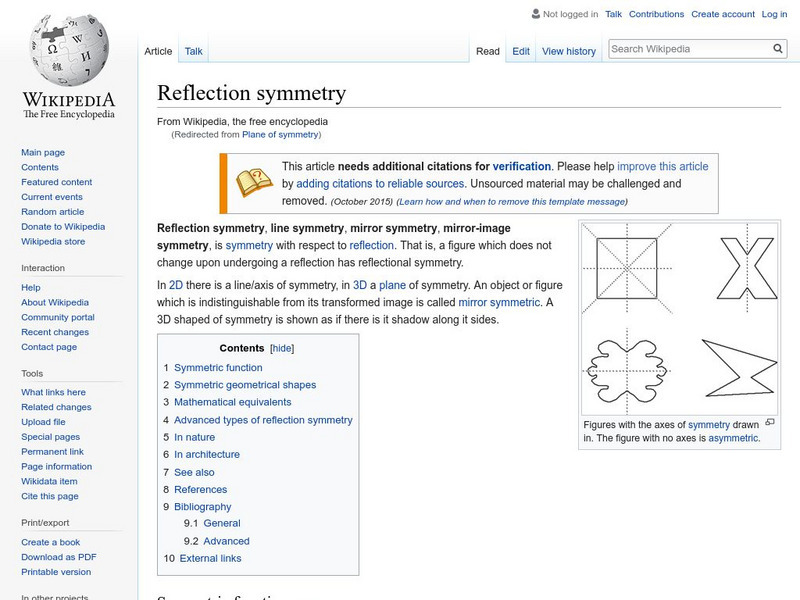Sophia Learning
Sophia: Intermolecular and Intramolecular Forces: Lesson 1
This lesson will define intramolecular forces and intermolecular forces and explain the difference between them. It is 1 of 2 in the series titled "Intermolecular and Intramolecular Forces."
Sophia Learning
Sophia: Molecules: Lesson 2
This lesson will provide an understanding of the basic chemistry of molecules. It is 2 of 4 in the series titled "Molecules."
Sophia Learning
Sophia: Molecules: Lesson 4
This lesson will provide an understanding of the basic chemistry of molecules. It is 4 of 4 in the series titled "Molecules."
Sophia Learning
Sophia: Simulations: Lesson 2
This lesson will explain simulations. It is 2 of 3 in the series titled "Simulations."
Sophia Learning
Sophia: Chemical Reactions: Lesson 6
This lesson will present a basic understanding of the periodic chart of elements and how to predict chemical reactions based on given information. It is 6 of 9 in the series titled "Chemical Reactions."
Sophia Learning
Sophia: Chemical Reactions: Lesson 9
This lesson will present a basic understanding of the periodic chart of elements and how to predict chemical reactions based on given information. It is 9 of 9 in the series titled "Chemical Reactions."
Ducksters
Ducksters: Kids Science: Molecules
Kid's learn about the science of the molecules. Tiny chemistry and compounds of atoms and elements make up all matter.
NASA
Nasa: The Space Place: Ions in Action
The page from NASA's The Space Place describes a simple activity, charging a balloon and making it move small pieces of paper. It then goes on to give an excellent explanation of how the activity works, and how it involves ions. This...
ClassFlow
Class Flow: Compounds and Molecules
[Free Registration/Login Required] This flipchart introduces fifth graders to compounds and molecules. It is part of a large unit on matter. Key concepts include compounds, molecules, and chemical formulas. Opportunities for student...
Other
Focus Physical Review: Friction of Molecules
This is an article published by the American Physical Society on friction in microscopic gears that results from the adhesion of molecules. A great exploration of this new obstacle in science.
Ducksters
Ducksters: Biology for Kids: Carbohydrates
Kids learn about the carbohydrates in the science of biology. These organic molecules make up starches and sugars which provide energy for plants and animals.
Museum of Science
Miami Museum of Science: Making Water Molecules
This simple lesson involves making a model of a water molecule from gumdrops. A toy car is also used to explain how a model compares to the real thing.
Thomas Jefferson National Accelerator Facility
Jefferson Lab: Science Crossword Puzzles: Common Molecules [Pdf]
Practice with vocabulary about common molecules by completing this seven-question crossword puzzle.
Science4Fun
Science4 Fun: Molecules
What is a molecule? Discover why molecules are formed and other fun facts.
Frostburg State University
Frostburg State Chemistry Online: Classifying Compounds Quiz
A short 6-question online quiz to test your knowledge of compounds. Explains the correct answers after the students answers have been submitted.
University Corporation for Atmospheric Research
Ucar: Atmospheric Chemistry Memory Game
Choose a difficulty level. Then click on the tiles (squares) to reveal pictures of molecules. Try to match two pictures.
National Earth Science Teachers Association
Windows to the Universe: Ammonia Nh3
Read about the chemical compound ammonia and learn how it is part of the Nitrogen Cycle.
Bill Nye
Bill Nye: Hole Y Water
Try this at-home science experiment to learn that a glass of water molecules contains a whole lot of space.
Wikimedia
Wikipedia: Plane of Symmetry
This site from the free encyclopedia, Wikipedia, provides a basic definition for plane of symmetry. Links are given for additional information on related subjects.





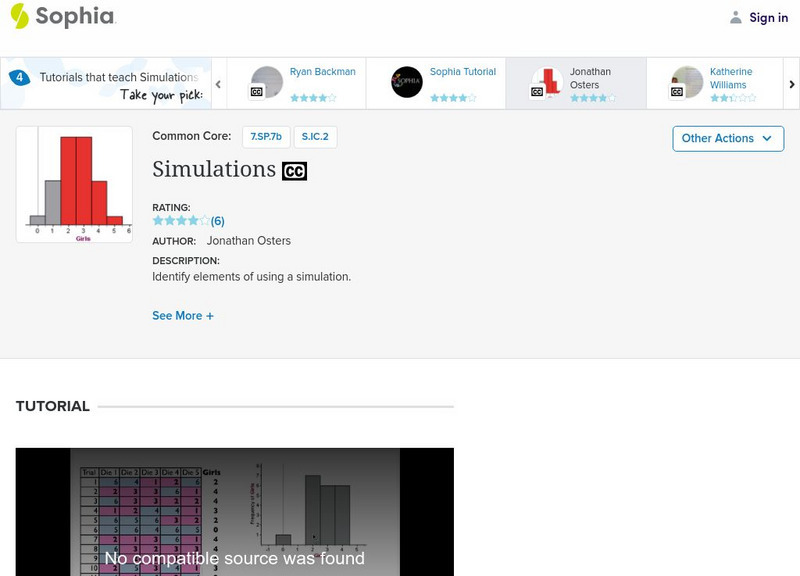



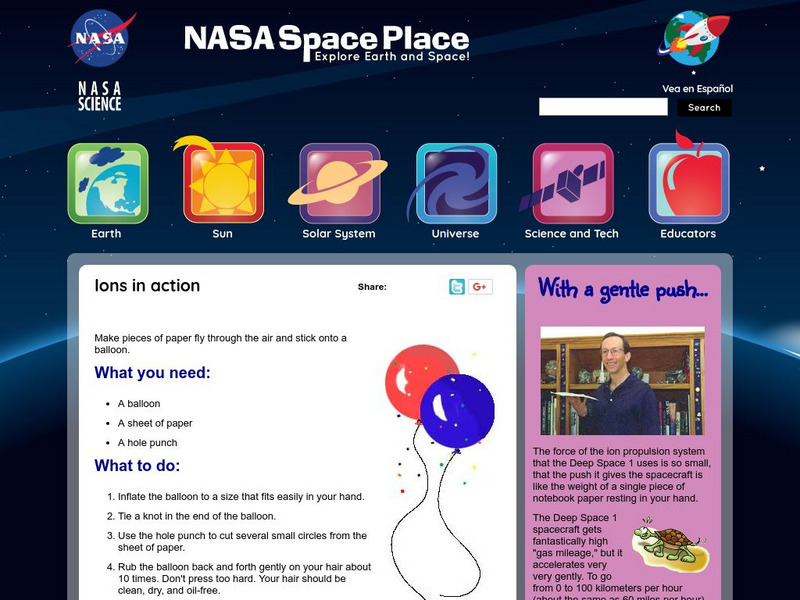

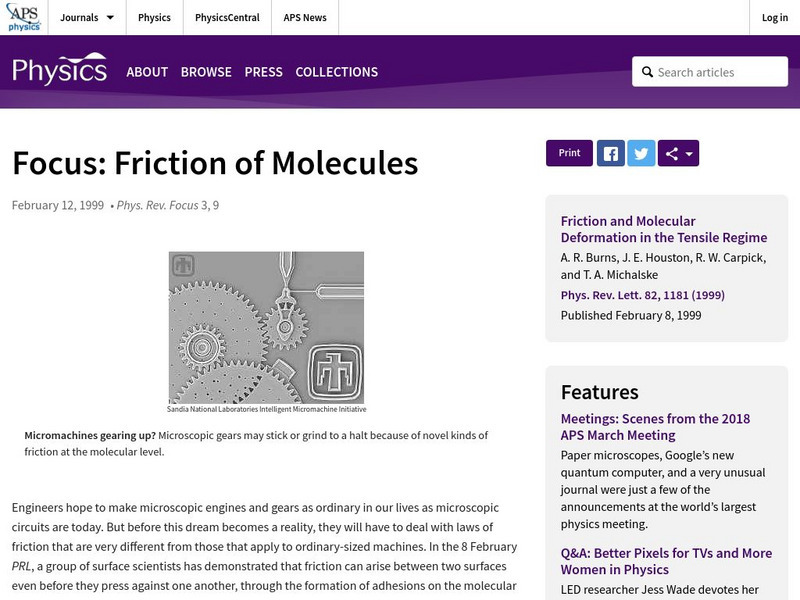

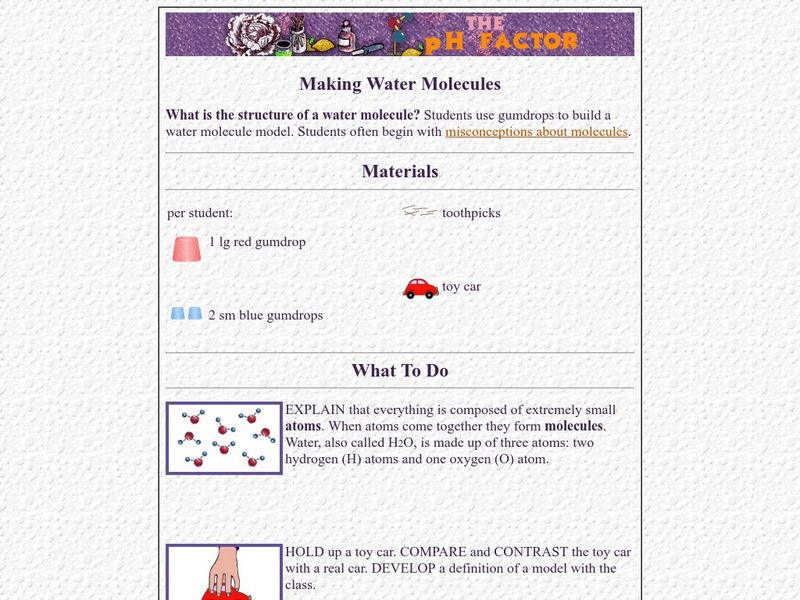
![Jefferson Lab: Science Crossword Puzzles: Common Molecules [Pdf] Activity Jefferson Lab: Science Crossword Puzzles: Common Molecules [Pdf] Activity](https://d15y2dacu3jp90.cloudfront.net/images/attachment_defaults/resource/large/FPO-knovation.png)

